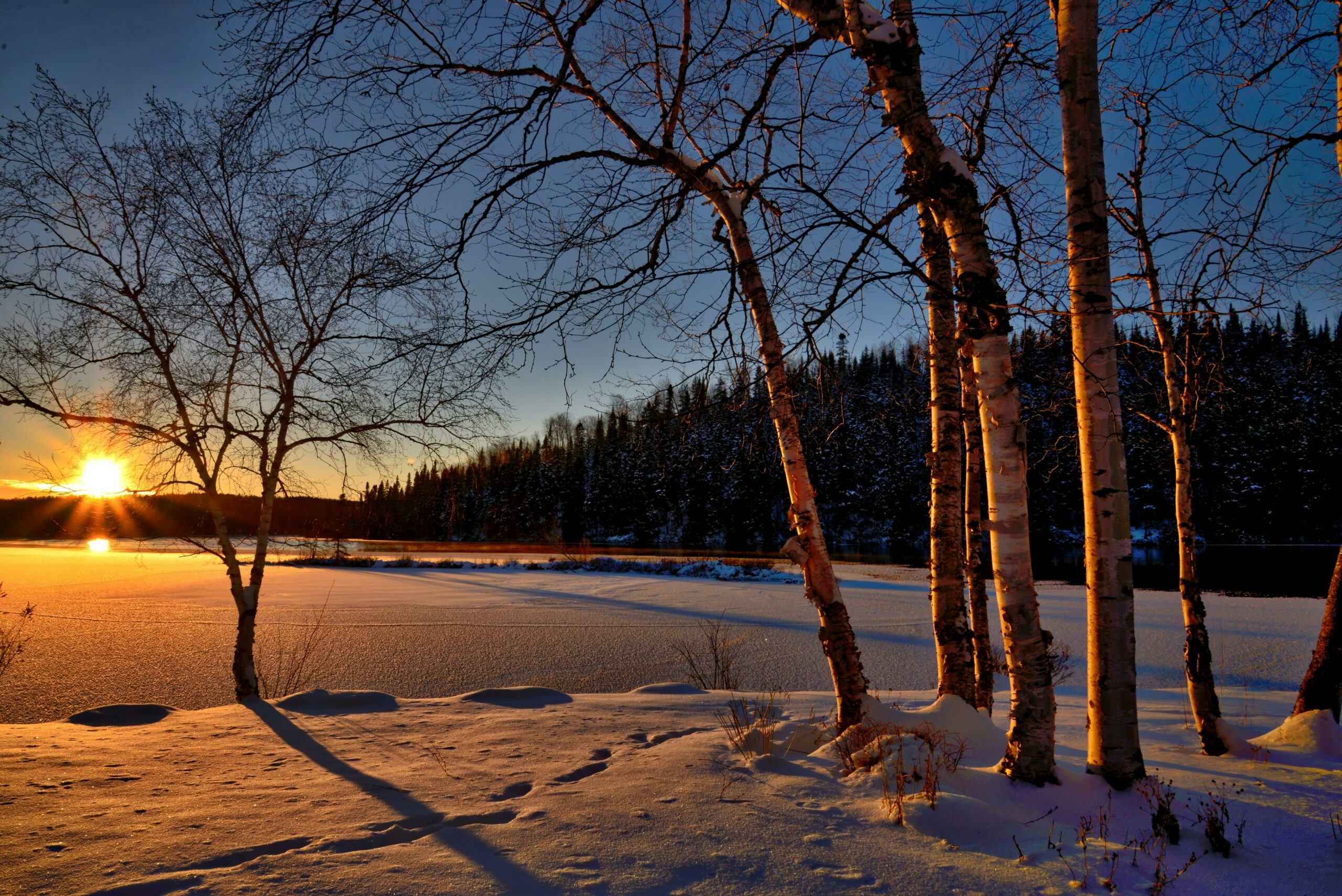Solstice celebrations: Why gardeners embrace shortest day of year

MACOMB, Ill. — Welcome to astronomical winter.
Our calendars mark the beginning of winter as Dec. 21 (sometimes Dec. 22) because of where Earth is in its orbit around the sun. Is it too much of a leap to say that gardeners and those who work outdoors are particularly connected to this astronomical event?
I have always looked forward to our two solstice events of the year – winter solstice and summer solstice (June 20 or 21). On Dec. 21, I will often wake my children by saying, “Wake up! It is the shortest day of the year. You don’t want to miss it!”
The winter solstice has had particular significance in human cultures dating back to ancient times. While we think of the winter solstice as the shortest day of the year, a bigger significance is the lowering of the sun in the sky.
In a press release, Illinois Extension Climate Specialist Duane Friend said, “If you were to observe the noontime sun in the weeks leading up to Dec. 21, you would see it gets lower in the sky each day. On Dec. 21, the noon sun is the lowest in the sky it will be for the year.”
If I were to abandon my modern knowledge of astronomy, I bet watching the sun sink toward the southern horizon would be mystically terrifying. The following day, seeing the sun slightly higher in the sky would be a cause for celebration.
Yet, even on the darkest day of winter, there is gardening to do. These gardeners often keep seasonal plants such as poinsettia and amaryllis alive. Or perhaps a local vegetable grower is maintaining a crop of cool-season plants such as leafy greens or herbs. You may even find a gardener housing tropical plants in a small greenhouse at their home.
These winter gardeners all recognize the importance of increasing day length. (Or shortening darkness for those “technically speaking” experts out there.) In either case, to resume active growth plants need at least 10 hours of sunlight per day. Once we in Illinois fall under that amount in about mid-November, plants are at a standstill, even with warm temperatures. In a near-stasis plants will remain until daylight hours exceed 10 hours in late January. (January 28, 2025, for us in central Illinois.)
Until late January, many winter growers will supplement with artificial light to extend the day length. However, supplemental lighting costs money. Both the expense of light fixtures and the ongoing energy costs are enough that make the longer days following the winter solstice worth celebrating.
And celebrate we certainly will. Following the winter solstice, as the sun climbs higher into the sky, our days begin to get longer. Gardeners gladly accept this sign as a turning point. Like our forebearers, we may gather, play games and even dance around a bonfire if you’re feeling a little wild. While we still have most of the winter ahead of us, we know the lengthening days will eventually yield a spring of green. As a species that understands the value of the sun to life on this planet, the elation of the winter solstice may be ingrained in more than just gardeners.
It may be universal to all of us.
Miss Clipping Out Stories to Save for Later?
Click the Purchase Story button below to order a print of this story. We will print it for you on matte photo paper to keep forever.

